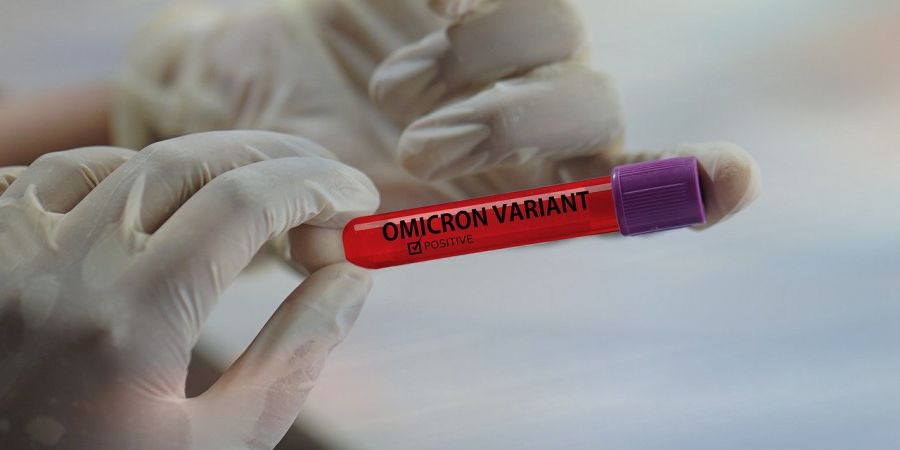

COVID-19 is involved with a vast number of symptoms, ranging from loss of taste and smell to skin issues.
However, since the outbreak, health officials have stressed a few key symptoms, including coughing and fever.However, as people all around the world are discovering, situations with the Omicron variation do not necessarily result in those symptoms.During the Omicron wave, many people are experiencing symptoms that are similar to those of a regular cold, but with some unusual characteristics, such as lower back ache.
What are the most common signs and symptoms of Omicron?
The reports have been mixed. However, according to Dr. Stephanie Sterling, an infectious diseases expert at NYU Langone Health, "this Omicron variety is operating more like a regular coronavirus," such as those that cause the common cold.
According to Tim Spector, a genetic epidemiologist who established the consumer health startup ZOE, which maintains a COVID-19 symptom tracking app to which more than 4.7 million people have contributed data, this shift began with the Delta variant and has continued with Omicron.According to ZOE's findings, the five most prevalent Omicron symptoms are runny nose, headache, weariness, sneezing, and sore throat.

Other studies have yielded slightly different results.
Nasal congestion, sore or scratchy throat, dry cough, and lower back pain are all common Omicron symptoms, according to South Africa's leading health insurer.Cough was the most common symptom associated with the variation in one case cluster, according to a small Norwegian study, followed by runny nose and exhaustion.The Norwegian researchers, like ZOE, noticed a considerable reduction in odour and taste loss.People should not think they are COVID-free just because they don't have classic symptoms like cough and fever."The second you develop respiratory sickness, you have to think it's Omicron," Sterling adds, at least in locations where Omicron is prevalent.
Why are the symptoms of Omicron different from those of other variants?
Researchers are still working to find a solution, but Sterling believes the key "clearly rests in those many genetic alterations that we've identified" in this variety as compared to older ones.Early evidence suggests that Omicron accumulates largely in the upper airways rather than infiltrating the lungs.This could explain both its low lethality and why it frequently produces upper respiratory symptoms such as a runny nose and a sore throat.However, the variety is still a work in progress, and study is ongoing.
How can I identify if I have Omicron or another strain of the virus?
Most COVID-19 tests simply give you a positive or negative result; if you're infected, it won't tell you which strain is causing your infection.Unless health officials send your sample off for genetic sequencing, you may never know (and share the results with you).Symptoms can help, but even two persons who were infected to the virus at the same time may have different reactions.




